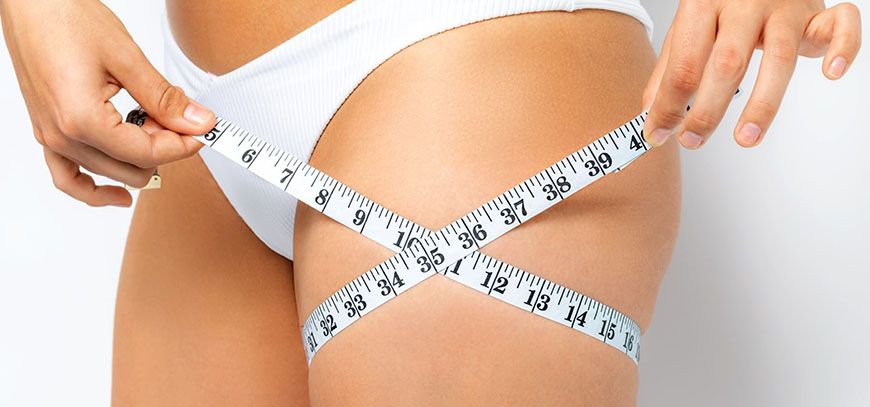Working Time
- Mon-Sat 10:00 – 19:00
Contact Info
-
+90 542 512 51 64
Ask the Experts
Thigh Lift

You might find that after losing weight you have loose skin and/or fat on your thighs which resists any improvement through exercise. This can affect not just your body confidence, but also cause certain mobility issues. Thigh lift surgery, also called thighplasty, aims to achieve firmer and more aesthetically pleasing thighs.
Thigh lifts achieve this by reducing extra skin, tightening and smoothing tissue, and removing extra fat. Many people enjoy the confidence this surgery brings, and feel able to wear clothes which show off their body more after treatment.
Good candidates for a Thigh Lift
The following are some common reasons why you may want to consider a thigh lift:
- The effects of aging have led to sagging, cellulite and loose skin on your thighs.
- You have succeeded in a weight reduction program and you now desire shapely thighs and legs that reflect your more proportional, toned figure.
- Clothes do not fit properly because of your heavy thighs.
- Your thighs make you feel self-conscious and you want to restore your self-assurance regarding your body.
If you are in good general health, have a positive attitude and realistic expectations, you are most likely a good candidate for this procedure.
The Procedure
The basic aim of a Thigh lift involves removing excess skin along with associated fat from the inner thighs and then suturing the ends together. In principle, it is a very straightforward surgical procedure. However due to the large area and length of wound that requires suturing it is somewhat time-consuming and can take up to 2 hours to complete the procedure.
The incision line is sutured with dissolving stitches and surgical tapes are then applied to the surface of the skin. A bandage is then applied around the thighs in order to apply some compression and reduce any swelling and bleeding.
A physical examination, a thorough medical history and a discussion with the surgeon will help determine whether a medial or lateral thigh lift is most appropriate.
Yes. Both the Medial and Extended Thigh Lift can often be combined with limited liposuction in order to better contour the legs and also to reduce the size of the ‘saddlebags’ or love handles or other areas.
Pain and discomfort are always subjective. You may find that any pain you feel is probably more noticeable when standing or and walking in the first few days following surgery and usually involves a pulling or tightening sensation in the inner aspect of the thighs. It is advisable therefore that for the first week or so you should take regular painkillers in order to minimise this.
Most patients usually need 2 weeks off work or any strenuous duties. Depending on the type of Thigh lift that was performed and provided healing proceeds uneventfully, many patients feel that they can gradually start to resume their normal activities after this with the view to be able to exercise fully from 6 weeks after their thigh lift surgery. It is important to remember that some minor swelling will still be present at this stage and will take some months to fully reside.
